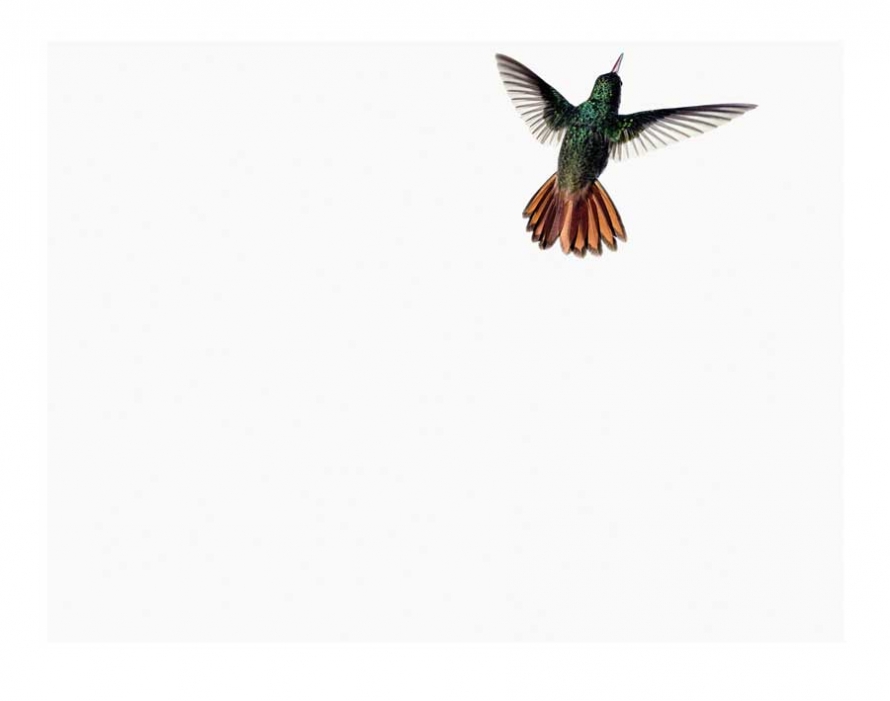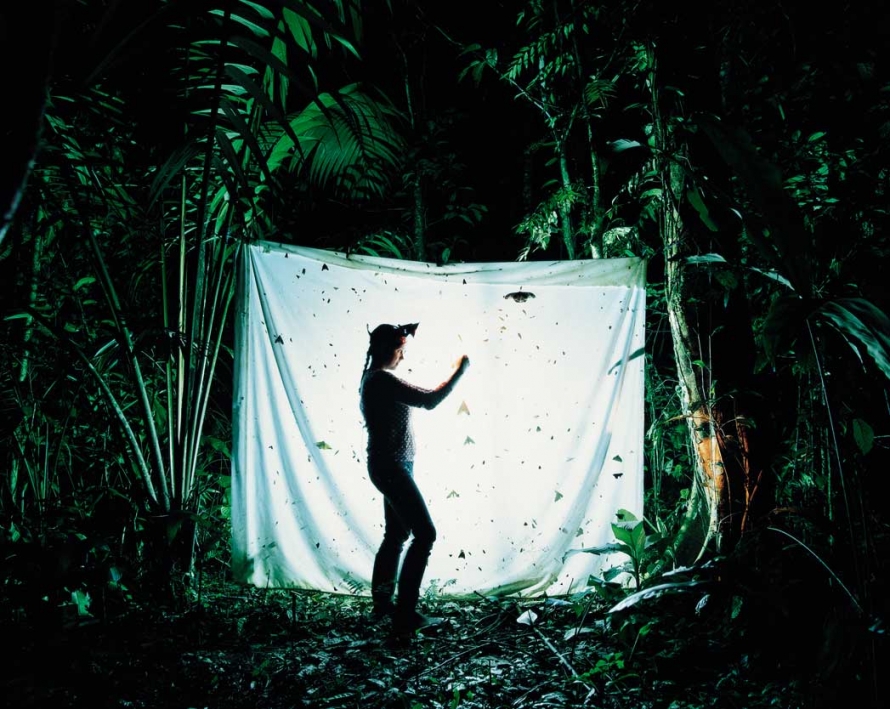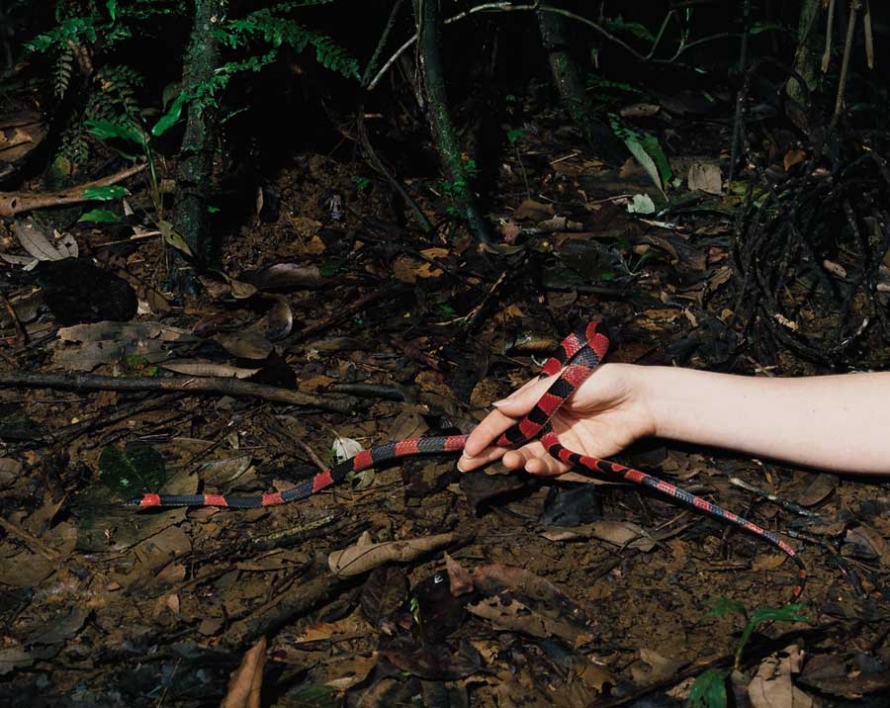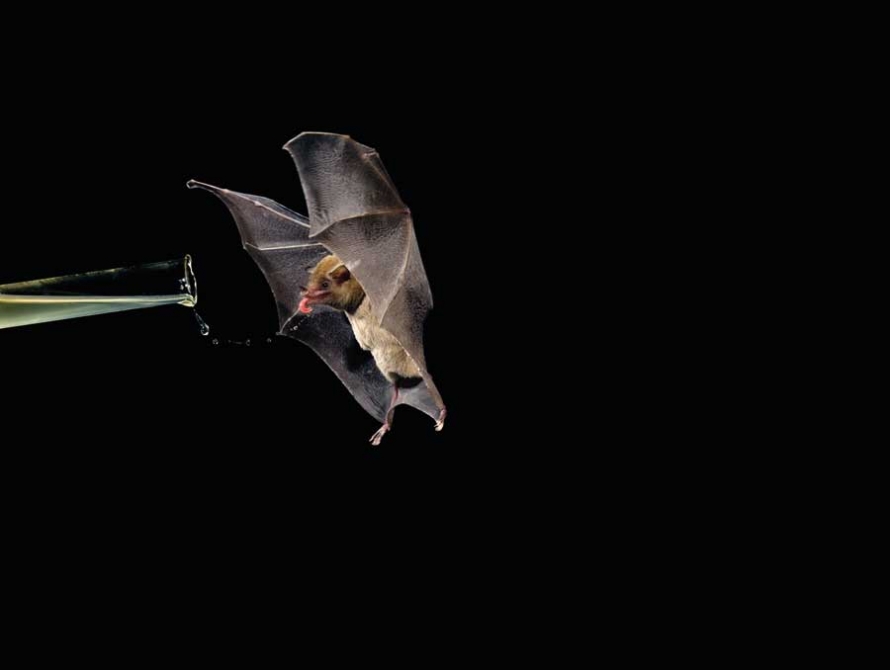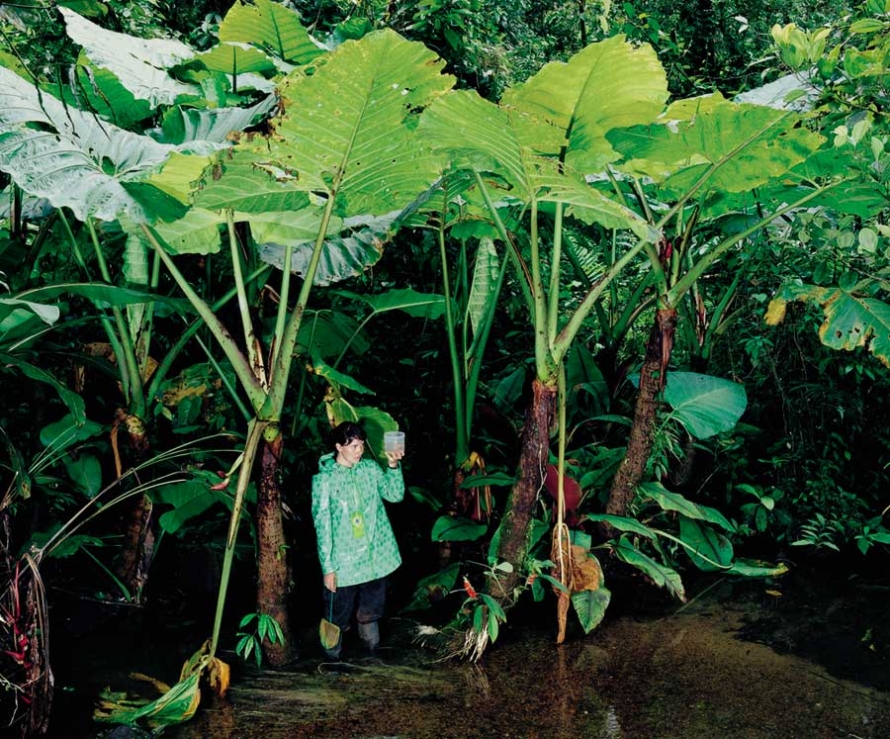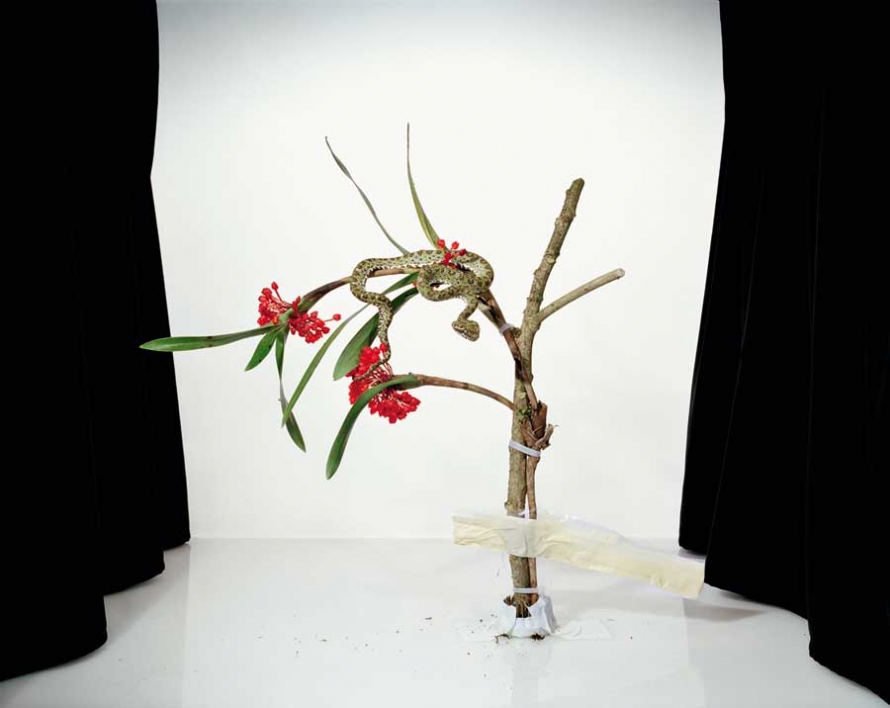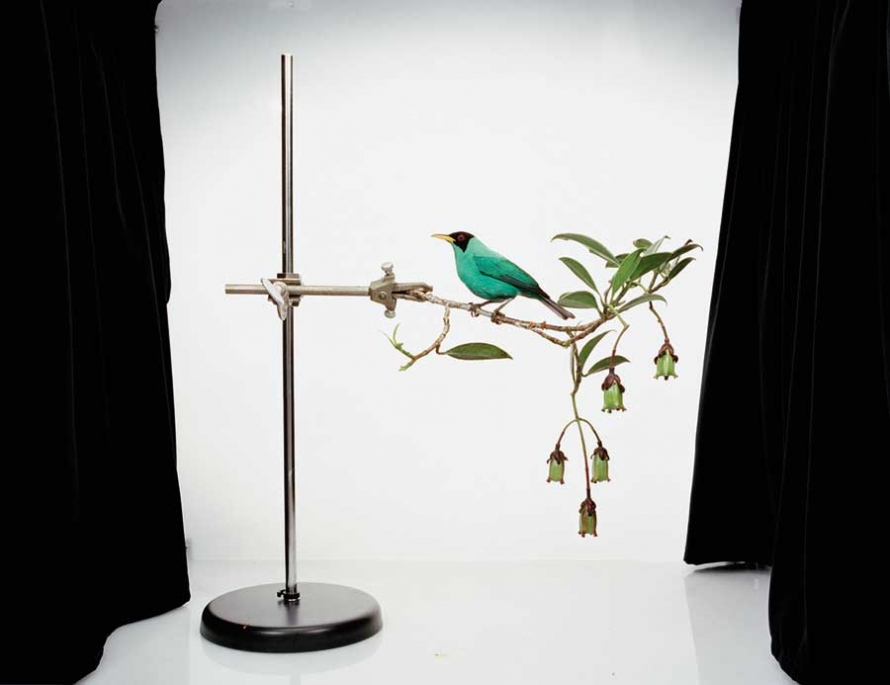Sanna Kannisto’s photographs go behind the scenes of the natural sciences. A test tube full of nectar enticing a bat to pose for the camera is as beautiful and instructive as any textbook image or documentary film. Kannisto’s work, found in her book Fieldwork, reveals how art and science construct, order, and define our image of nature.
Sanna Kannisto was born in Hämeenlinna, Finland in 1974. She studied photography at the University of Art and Design in Helsinki. Her work has been exhibited at venues in more than 25 countries, including Centre Pompidou, Paris; Maison Européenne de la Photographie, Paris; Fotomuseum Winterthur, Switzerland; and the Finnish Museum of Photography, Helsinki. She lives in Helsinki.
All images © copyright the artist, all rights reserved. Images courtesy of Aperture.
Where specifically were these pictures taken? Over what period of time?
The images from the book Fieldwork were made 2000-2010. They are taken in Costa Rica, Brazil, and in French Guiana in several different locations.
I read you worked alongside scientists in Latin America, how do you understand the relationship between art and science?
I like my role as sort of mediator between art and science, drawing parallels between them and working very freely with different ideas.
What can scientific inquiry teach artists about studying a particular topic or object? What did it teach you?
Reading scientific studies can give me useful background information or even sometimes ideas. I use it as raw material and make my own interpretations of it. I don’t have to understand scientific articles fully, just as long as it’s useful to my artistic work.
For example, I have learned a lot about nectar-feeding bats when reading scientific articles, and that has helped me in practice to work with them. I also learned about the plants and flowers that they pollinate, so I have been able to find those species for my photographic work.
Are there ways in which artists could enhance or improve scientific study?
As an artist I try to investigate my own role interpreting and producing visual information for the world, and I try to have critical view in my work, as well as of scientific methods. The conception of the world that science gives to us needs constant specification and corrections. Photography and science are closely linked. There is the same kind of idea of objectivity or apparent objectivity in both practices. We all know photography has been used as a scientific tool since the development of photography. Both scientific and photographic truth are often constructed according to institutional needs, or, in my work, according to my artistic needs.
Can art or photography provide an unmediated or untainted picture of nature? Should this even be a goal?
Our view of nature is always through our culture. We approach nature through different perspectives, theories, methods, and concepts.
What are you working on now?
I have started a new project in the Nordic old-growth forests (old European and Russian forests). I have a plan to work in a similar way there as I have done in the tropics. This does not mean that I won’t return to the tropics anymore, but this is just something I want to do now.
